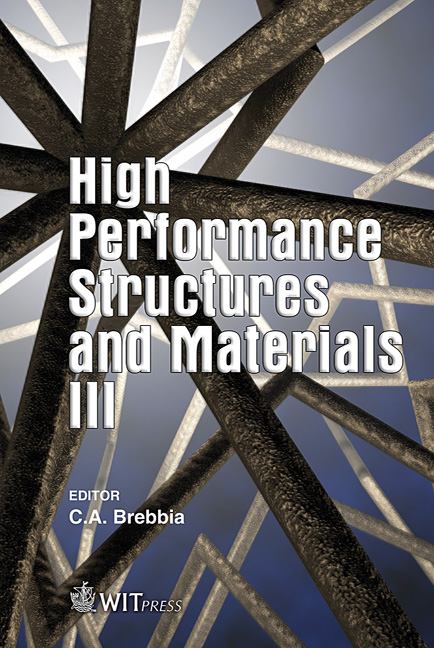Micromechanical Modeling Of Random Or Imperfect Composites
Price
Free (open access)
Transaction
Volume
85
Pages
9
Published
2006
Size
1,497 kb
Paper DOI
10.2495/HPSM060091
Copyright
WIT Press
Author(s)
M. ˇSejnoha & J. Zeman
Abstract
A class of heterogeneous material systems often regarded as random or imperfect composites is addressed in this paper. The literature now offers a number of contributions that open the way to the analysis of large material systems with complex microstructures while taking advantage of popular micromechanics based approaches building on periodicity and first order homogenization techniques. Until recently the attention has been mostly limited to rather classical material systems such as unidirectional fibrous composites and textiles with emphasis on various types of imperfections developed during fabrication process on both microscale (level of fiber bundles) and meso-scale (level of textile geometry). From the basic mechanics point of view, however, it appears logical to exploit the essential principles of the proposed procedures in bridging the gap between mechanical and civil engineering applications. In this regard, historical masonry structures classi- fied as systems composed of more than one material component serve as a typical example of civil engineering applications, which may benefit from standard first order homogenization schemes extended to account for possibly irregular arrangement of individual stone blocks. In this contribution, both groups of material systems will be treated on the same footing demonstrating the applicability of basic homogenization techniques as well as similarities between various heterogeneous material systems when referred to as random or imperfect. Keywords: random and imperfect composites, textiles, masonry, periodic unit cell, two-point probability function.
Keywords
random and imperfect composites, textiles, masonry, periodic unit cell, two-point probability function.





